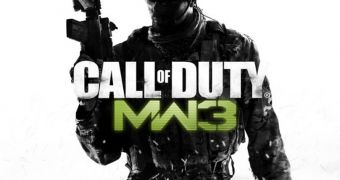Call of Duty: Modern Warfare 3 has the biggest launch for every entertainment product in history this fall and is on track on beating every record conceivable before the end of the year, with more than 1 billion dollars projected as generated revenue.
The Elder Scrolls V: Skyrim also had a good launch day, with sales estimated to have gone over the half a billion dollars mark and 3.5 million copies sold in one day, but it lacks the legs of the multiplayer to threaten the Activision Blizzard juggernaut.
Players love Modern Warfare 3 for being a game that offers value for the long term, because the multiplayer game modes offer a lot of variety when it comes to character development, weapon upgrades and map choice.
Activision plays into this by adding Elite this year, a system which tracks performance and offers some extra features for paying customers.
Gamers love Skyrim for it's huge open world game, the variety of quests they can undertake and the myriad number of ways the player character can be developed, from straight up brawler to sneaking thief and over powered mage.
Both games offer players a highly polished experience and a lot of value for their money but on very different terms, one focused on the multiplayer and social side of gaming and one purely concerned for single player.
The formula that powers Call of Duty and its success has been the same since the first Modern Warfare in 2007 while the roots of Skyrim can be traced to Fallout 3 in terms of mechanics, which arrived in late 2008.
The similarities in success and differences in mechanics and world creation of the two games and franchises suggests that they might be the best templates for the blockbuster of the future: on one hand the deep, character based adventure with a big world and a huge number of quests and on the other the sharp, quick, adrenaline filled shooter with a lot of social elements and a complex progression path.

 14 DAY TRIAL //
14 DAY TRIAL //